Overview
The temple was founded during the Tempo era (1532–1555) by Kuranosuke Kurosawa, and the 3rd head monk of Tenneiji. The temple’s principal image of Amida Nyorai was designated as a “Cultural Property of the City of Ome.” It is said that the image was offered by Hojo, a powerful feudal lord during the period of civil wars in Japan. After two major fires, the current main hall was built in 1850.
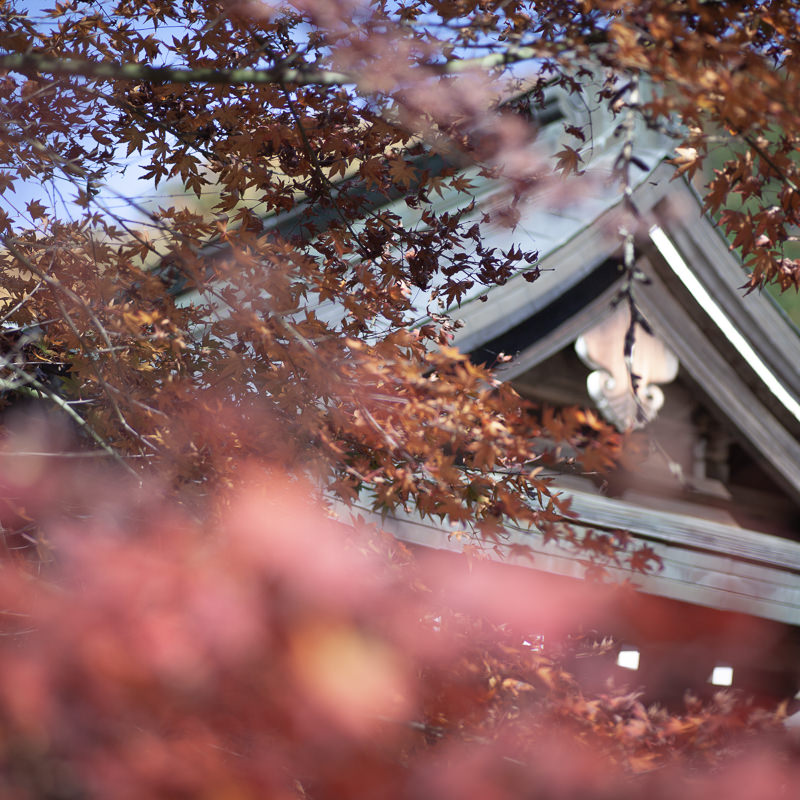
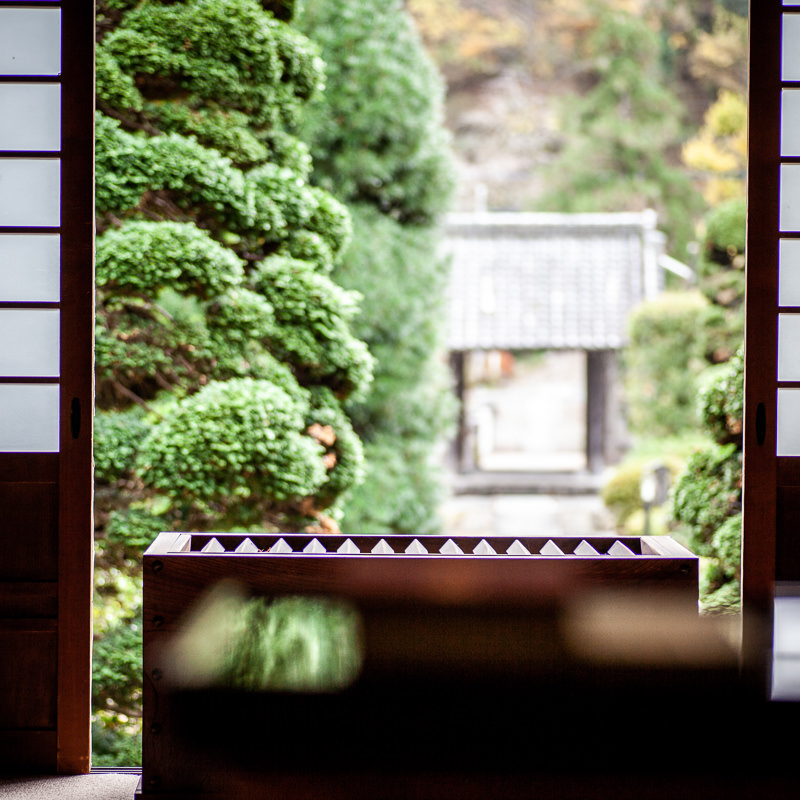
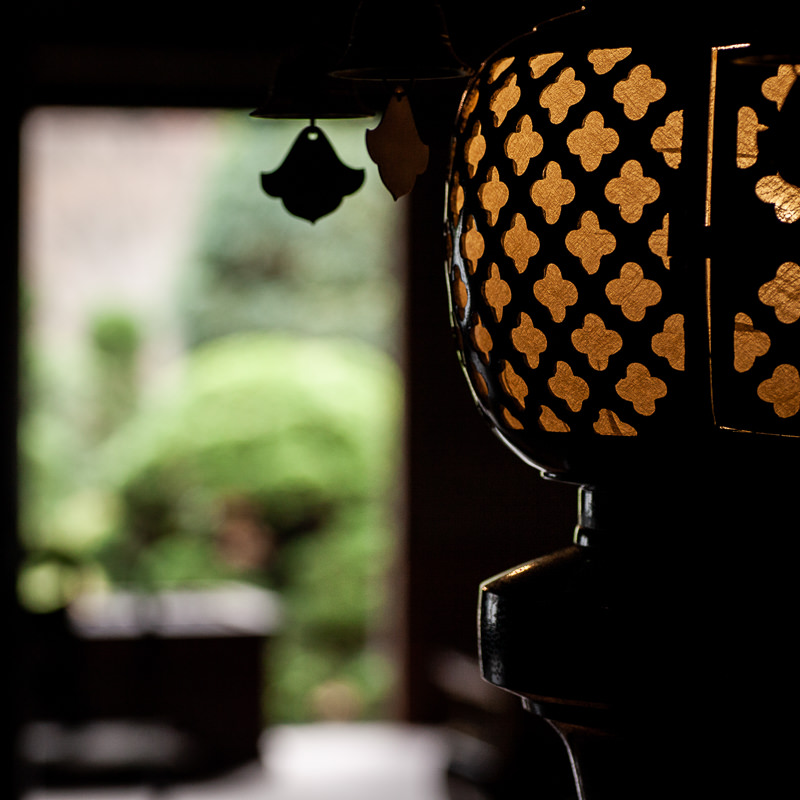
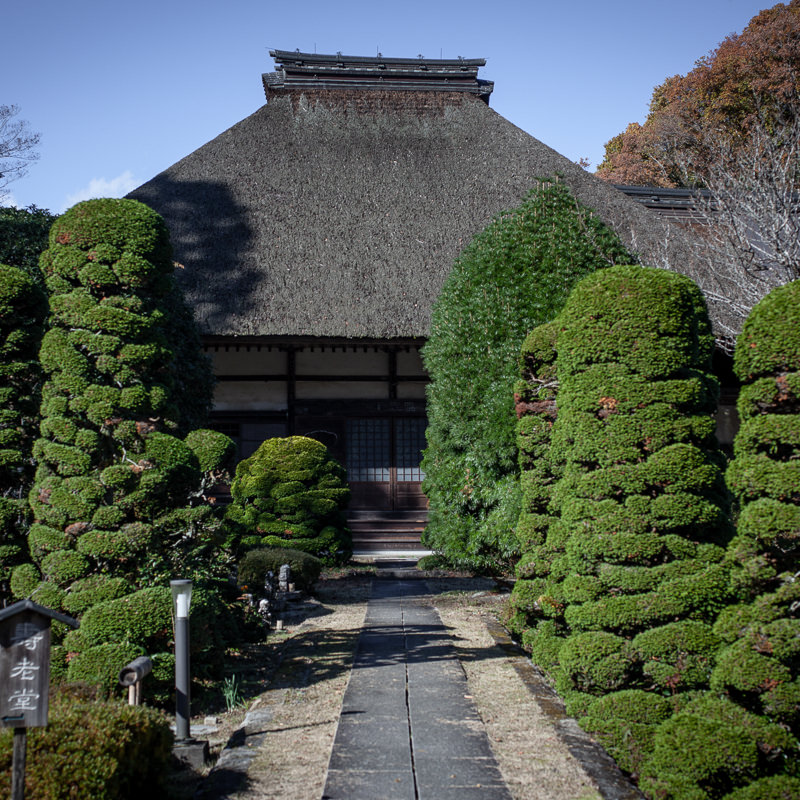
Jyurojin
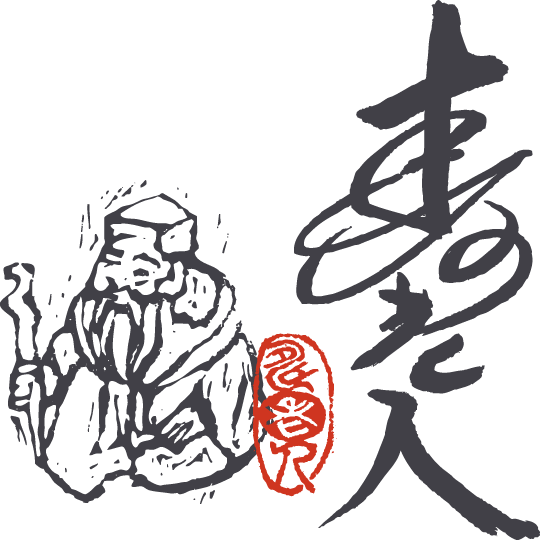
Deity of longevity and embodiment of Lao Tzu, living in harmony with nature
Jurojin is the deity of longevity, wealth, healing, and happiness. He is believed to be an embodiment of Lao Tzu, the founder of Taoist doctrine. He is represented with a long white beard and accompanied by a deer, a symbol of longevity. Monshuin’s garden is connected with the surrounding nature. There are a beautiful stream and a koi pond. You may also see wild birds, wild deer, or Kamoshika around the temple gardens. In the sacred red stamp book, a messenger of Jurojin, the deer, will be stamped on the temple name.
Features
-
The principal image of Buddha
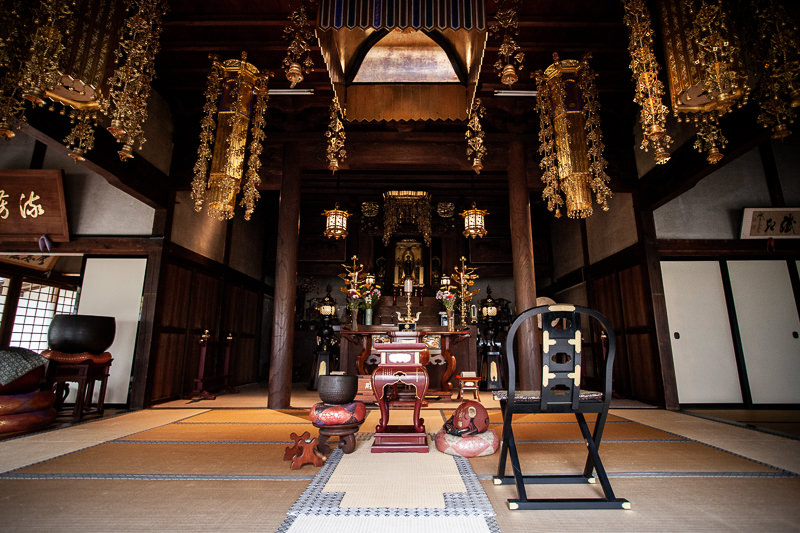
The principal image is Amida Sanson, Amida Nyorai, and two Buddhas who serve him, Kannon Bosatsu, and Shisei Bosatsu. The three wooden statues have gold-leaf on lacquer on the surface. They were made in the mid-Kamakura era (1185–1333) and designated as a cultural property of the City of Ome in 2015. It is said that the statues were offered by Hojo (1562–1591), a powerful feudal lord, during the period of civil wars in Japan. The image is located in the center of the main hall.
-
A thatched roof and the main hall
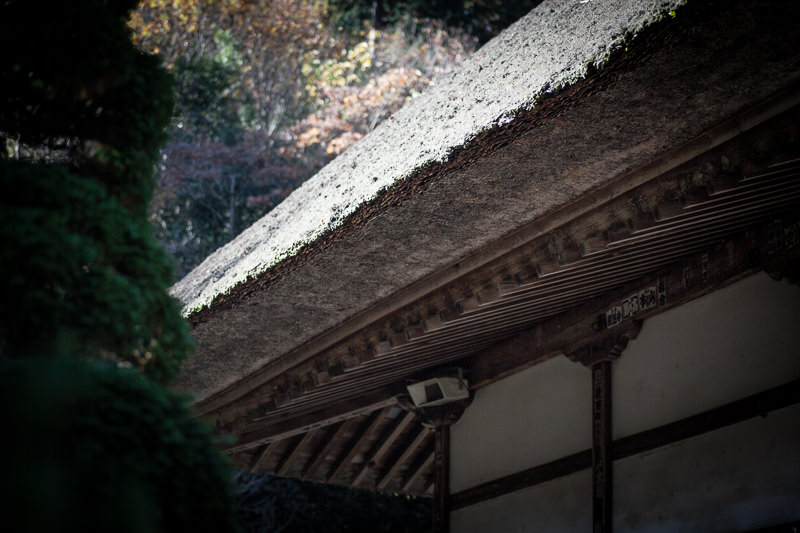
The temple experienced a devastating fire in 1840. The current one was built in the Kaei period (1848–1854) by the 19th head monk. The temple’s roof, Kayabuki, a thatched roof, is a traditional style of a wealthy farmhouse. Since it uses natural materials, it beautifully matches the surrounding nature. However, due to the natural material, it requires maintenance and new installation over time. The new thatched roof was installed from 1999 to 2003 with the help of many donors.
-
Monshuin’s garden
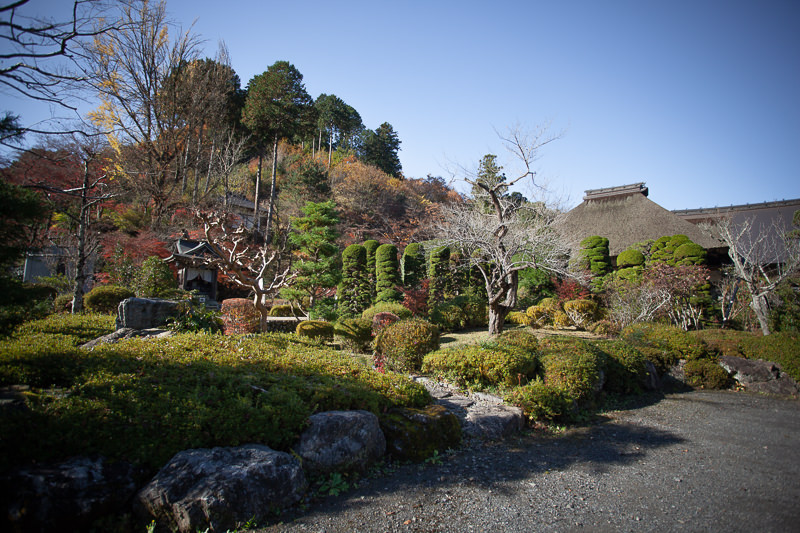
The temple, surrounded by creeks and the Kurosawa River, has a spacious, beautiful garden and several koi ponds. The soothing sound of water flows everywhere in this temple’s garden. There are seasonal flowers, trees, and a different view of the garden every season. Early spring plum blossoms are gorgeous in this garden. The garden is maintained by monks, gardeners, and neighbors.
Reviews
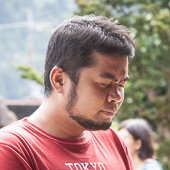
Since this is my first time visiting a Japanese temple, I found the experience very insightful. I found that praying to a god I never knew existed could be so cathartic. Their history is pretty awesome as well.
Location
- Website
- http://www.monsyuin.org/
- Phone
- 0428-74-5411
- Address
- 3-1578 Kurosawa, Ome, Tokyo
Access
- Walk
-
Walk from Monshuin to the following locations:
- To Seihouin Temple / about 30 min.
- To Meibakuin Zen Temple / about 50 min.
- To JR Ome station / about 40 min.
- Bus
-
The closest bus stop: Yanagawa A ten-minute walk from the temple.
- Toei bus 梅74
- Parking lot
-
Capacity of 20 to 30 cars Spot for Large bus is also available.
